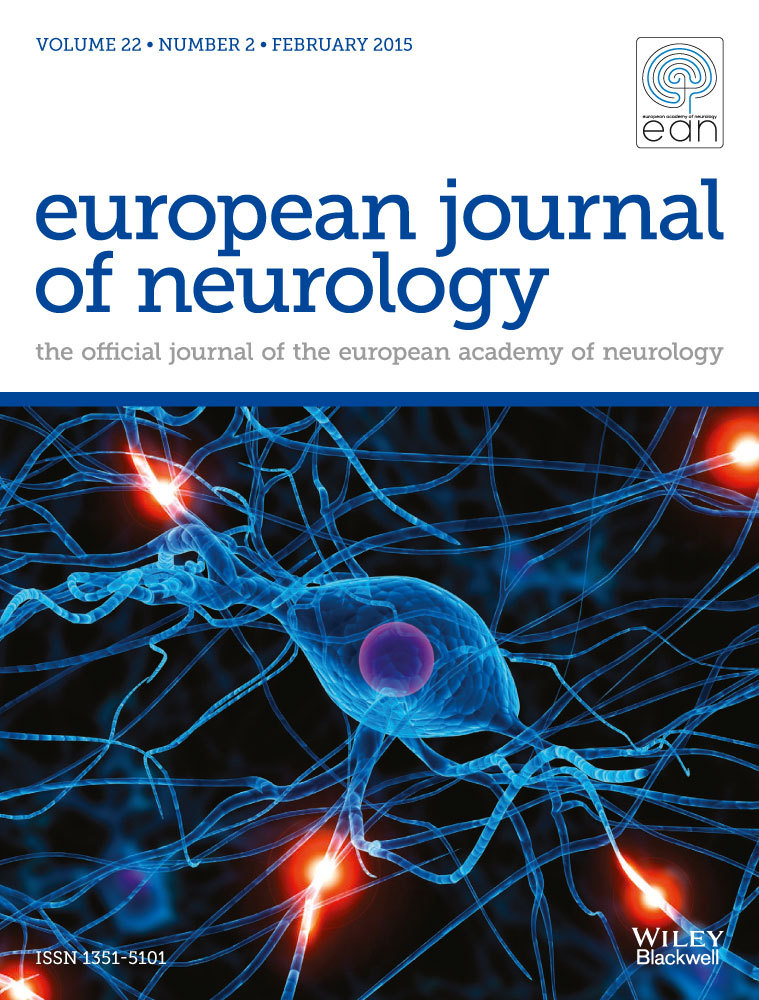Current symptomatology in multiple sclerosis and neuromyelitis optica
Abstract
Background and objectives
Several symptoms and signs are characteristic of multiple sclerosis (MS) such as Lhermitte's sign, Uhthoff's phenomenon and painful tonic seizure. Neuromyelitis optica (NMO) is another inflammatory disease of the central nervous system, and most of the opticospinal form of MS is thought to be NMO. This study aimed to investigate the frequencies of symptoms and signs, previously regarded as characteristic of MS, in NMO and MS patients.
Methods
Consecutive Japanese NMO-plus patients [NMO (n = 30) or partial NMO (n = 18)] and MS patients (n = 128) seen at Chiba University Hospital between 2011 and 2012 were investigated for the frequencies of symptoms and signs characteristic of MS. Logistic regression analyses were used to identify factors that distinguished NMO-plus from MS.
Results
Univariate analyses revealed that tonic seizures, Lhermitte's sign, persistent pain, fatigue and girdle sensation were more frequent in NMO-plus patients than in MS patients. Multivariate logistic regression analysis showed that paroxysmal itching, Uhthoff's phenomenon, Lhermitte's sign and girdle sensation were more characteristic of NMO-plus than of MS.
Conclusions
Several classical MS symptoms and signs are more frequent in NMO patients than MS patients, which may be caused by the differences in the severity of inflammation, and localization and extensiveness of demyelinated lesions.




